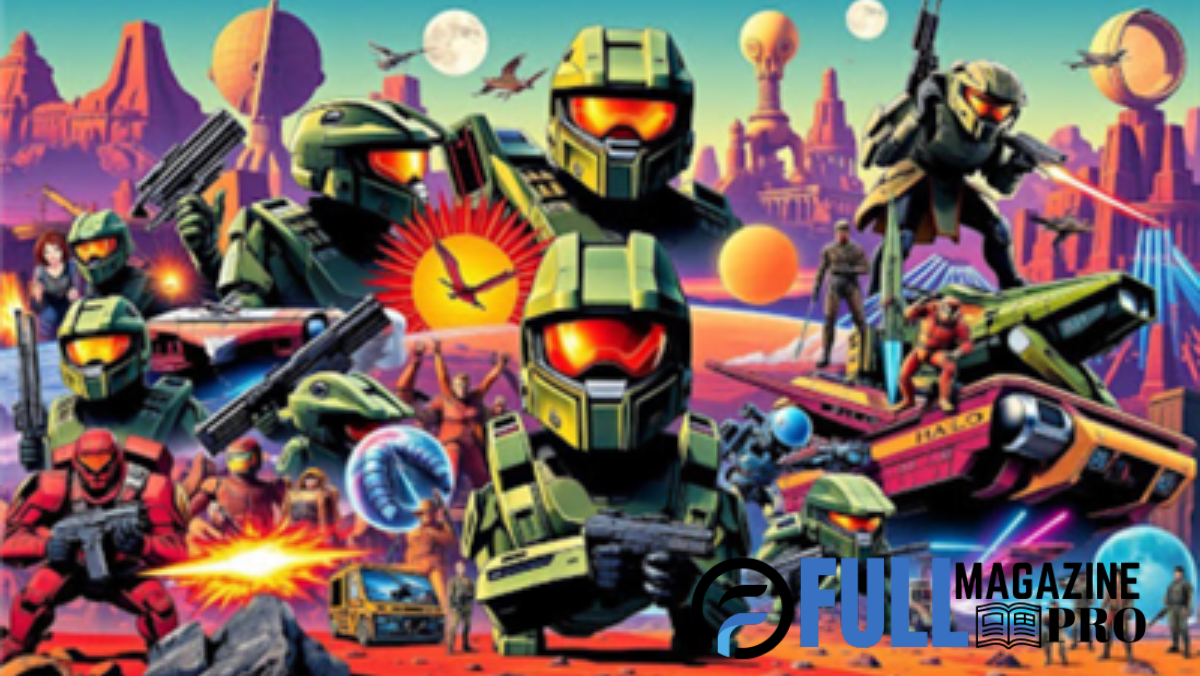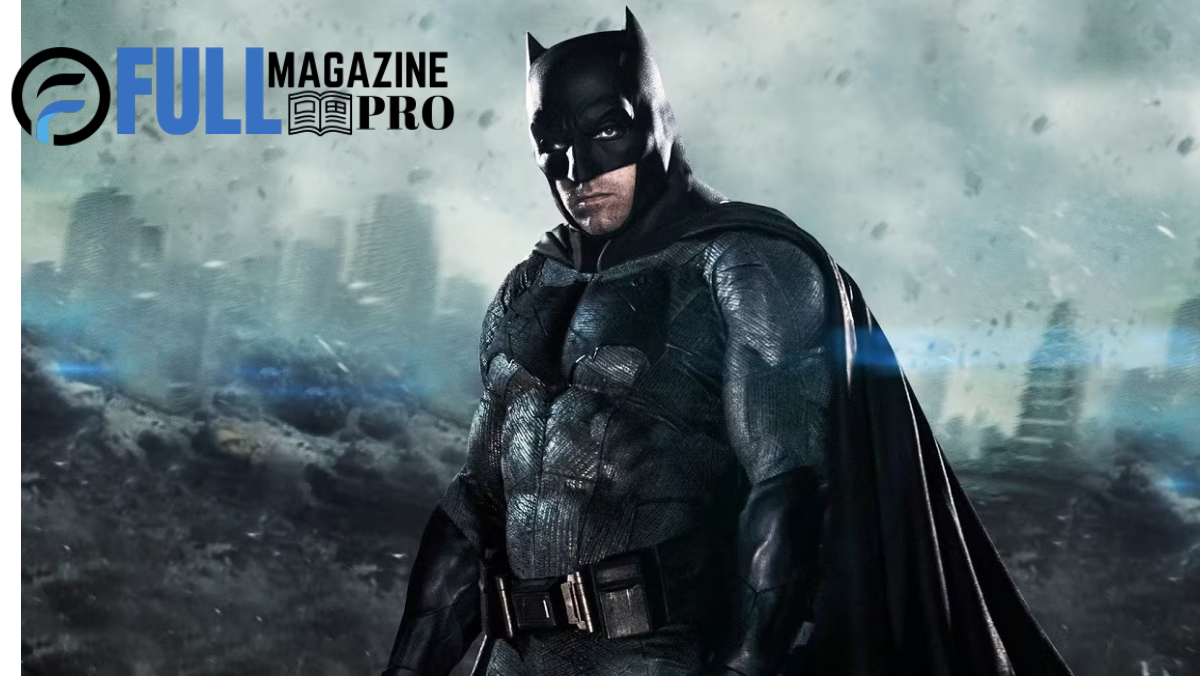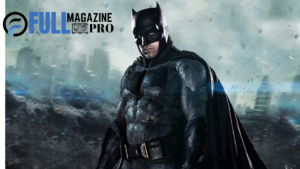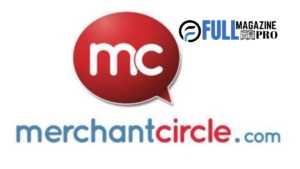The Legacy of Halo (2003): A Deep Dive into Game Icons and Banners
Introduction to Halo (2003)
When Halo: Combat Evolved launched in 2001, it did more than just define the first-person shooter (FPS) genre on consoles—it helped launch the Xbox itself. Fast forward to 2003, and Halo became more than just a game; it evolved into a cultural phenomenon. The iconic visual elements from Halo (2003), such as its game icons and banners, contributed significantly to the brand’s success and lasting legacy. This article explores how Halo’s game icons and banners, which became symbols of the series, played an essential role in shaping the game’s identity.
Halo (2003) had a distinct visual aesthetic, with elements that became synonymous with the franchise. It marked the beginning of a powerful and successful gaming iconography that would persist for years. The iconic game title, banners used in marketing, and their integration into in-game mechanics helped elevate Halo as more than just a game—it became a movement. This in-depth analysis covers how these visual elements became so influential, from their design choices to their impact on the gaming community.
The Evolution of Halo Game Icons
Halo’s game icon, particularly the logo from 2003, immediately drew attention due to its bold simplicity. The central emblem, featuring a stylized letter “H” with a ring around it, spoke volumes with very little—an effective strategy for brand recognition. The logo was minimalistic, yet it was a perfect representation of the game’s core identity. It conveyed a futuristic, clean, and technical feel, in line with the game’s setting and narrative, which revolved around humanity’s fight for survival against alien forces.
The design of the Halo 2003 icon was a product of deliberate choice and meticulous craftsmanship. The clean, silver-colored “H” stood out against a darker backdrop, representing the game’s core theme of hope amidst conflict. The logo was set against a backdrop that mimicked the metal sheen of spaceships or high-tech armor. This gave the impression of a game steeped in science fiction, while the ring surrounding the “H” symbolized the mysterious Halo ringworld. The careful use of symmetry and spacing ensured the logo was instantly recognizable, even when reduced to a small size for game covers or promotional materials.
Over the years, the Halo icon evolved, but its origins remained rooted in the 2003 logo. As the series expanded, the symbol maintained its place at the forefront of Halo’s identity. The icon’s design was also featured prominently in multiple aspects of the game’s packaging, from cover art to promotional banners, playing a pivotal role in its branding strategy. The evolution of the Halo icon reflects the game’s growth from a launch title to an influential franchise, its logo becoming a symbol of an entire gaming culture.
The Role of Banners in Halo (2003)
In addition to its instantly recognizable logo, banners played a critical role in how Halo (2003) was marketed and how players engaged with the game. Banners were not just a graphical design but part of a larger narrative that helped set the tone for the Halo universe. During the early 2000s, banner ads were a significant tool for promoting video games, especially for blockbuster titles like Halo. These banners communicated key elements of the game’s world—its epic scale, the massive battles, and its futuristic setting.
Halo’s banners often depicted scenes of combat, with heroic soldiers facing off against alien forces. These banners encapsulated the game’s core themes of bravery, conflict, and survival, enticing players with action-packed imagery. The banners featured the iconic “Master Chief” character—Halo’s primary protagonist—often framed against the Halo ringworld or standing tall amidst the battlefield, signifying the game’s focus on warfare and heroism. The use of dynamic action shots and powerful visuals helped Halo stand out in a crowded market, sparking excitement in fans long before the game’s official release.
Moreover, banners were used extensively in the marketing campaign for Halo (2003), appearing in online advertising, magazine spreads, and convention booths. These banners were crucial in creating the game’s widespread visibility, contributing to Halo’s growing fan base. Halo’s strong and consistent branding, including the game’s promotional banners, worked hand-in-hand with its powerful icon to ensure a lasting impact in the gaming world.
In addition to their marketing function, banners had a presence within the game itself. In multiplayer modes and campaign sections, in-game banners served as symbols of player accomplishments, factions, and events, helping immerse players in the universe. Whether hanging from the walls of a military base or floating above a battlefield, these banners added another layer of depth to the immersive world-building that Halo was known for.
Halo Icons and Banners: Cultural Impact
The Halo (2003) icons and banners became more than just design choices—they became symbols of an entire gaming culture. Halo’s visual identity had a unique influence on the gaming world, blending futuristic sci-fi aesthetics with elements of classic heroism. As the game progressed in popularity, its visual motifs transcended the boundaries of the game and bled into the broader cultural landscape.
One of the most significant impacts of Halo’s icons and banners was their influence on other video games. Halo set a precedent for the way a game’s visuals could contribute to a franchise’s identity. The impact of Halo’s design choices can be seen in other shooters of the era, which began to adopt similar visual themes—strong, clean logos, simple, yet impactful banners, and a focus on sci-fi aesthetics. Even outside the genre, many games borrowed elements of Halo’s design language, creating a ripple effect that helped shape gaming as we know it.
For players, Halo’s icons and banners became part of the cultural lexicon. Fans began to recognize the symbols and associate them with the Halo experience. The power of Halo’s iconography allowed it to become a “badge” for gamers, representing not just their affinity for the game but a shared experience with the larger Halo community. Whether it was using the iconic emblem as a clan logo or customizing banners within multiplayer matches, players used these symbols to express their identity in the gaming world.
Moreover, these visuals were crucial in Halo’s expansion into other forms of media, including novels, comics, and animated series. As Halo’s branding grew, so too did its cultural footprint, with icons and banners appearing across various platforms, further solidifying the franchise’s place in global pop culture.
The Legacy and Continued Influence of Halo (2003) Visuals
Halo (2003) left an indelible mark on the gaming world, and its visual identity, with its iconic logos and banners, played a major role in ensuring that impact. The designs created for Halo were not only functional but profoundly influential, helping to shape the look and feel of future gaming franchises. Even today, Halo’s iconography continues to influence new generations of gamers and developers.
The legacy of Halo (2003) visuals lives on in several ways. The logo and its associated imagery are still featured prominently in modern Halo games, whether in the form of remakes or new iterations of the franchise. Today, these visuals are as familiar to gamers as the iconic sound of Master Chief’s voice. More importantly, they continue to inspire and impact game developers, who look to Halo as a model for creating immersive, visually stunning worlds.
In a broader context, the continued popularity of the Halo franchise—bolstered by its striking visual identity—has ensured that Halo (2003) will never be forgotten. As newer technologies and gaming systems evolve, Halo’s distinctive iconography remains a touchstone, a symbol of the golden age of console gaming.
Conclusion
he game icons and banners of Halo (2003) were more than just visual elements—they were instrumental in cementing the game’s legacy. From their simple yet effective design to their impact on both the game’s marketing and in-game world, these visuals played a crucial role in making Halo the phenomenon it became. Even years later, they continue to shape the franchise’s identity and remain a powerful reminder of the game’s lasting cultural impact.
Also Read: jann mardenborough net worth














Post Comment